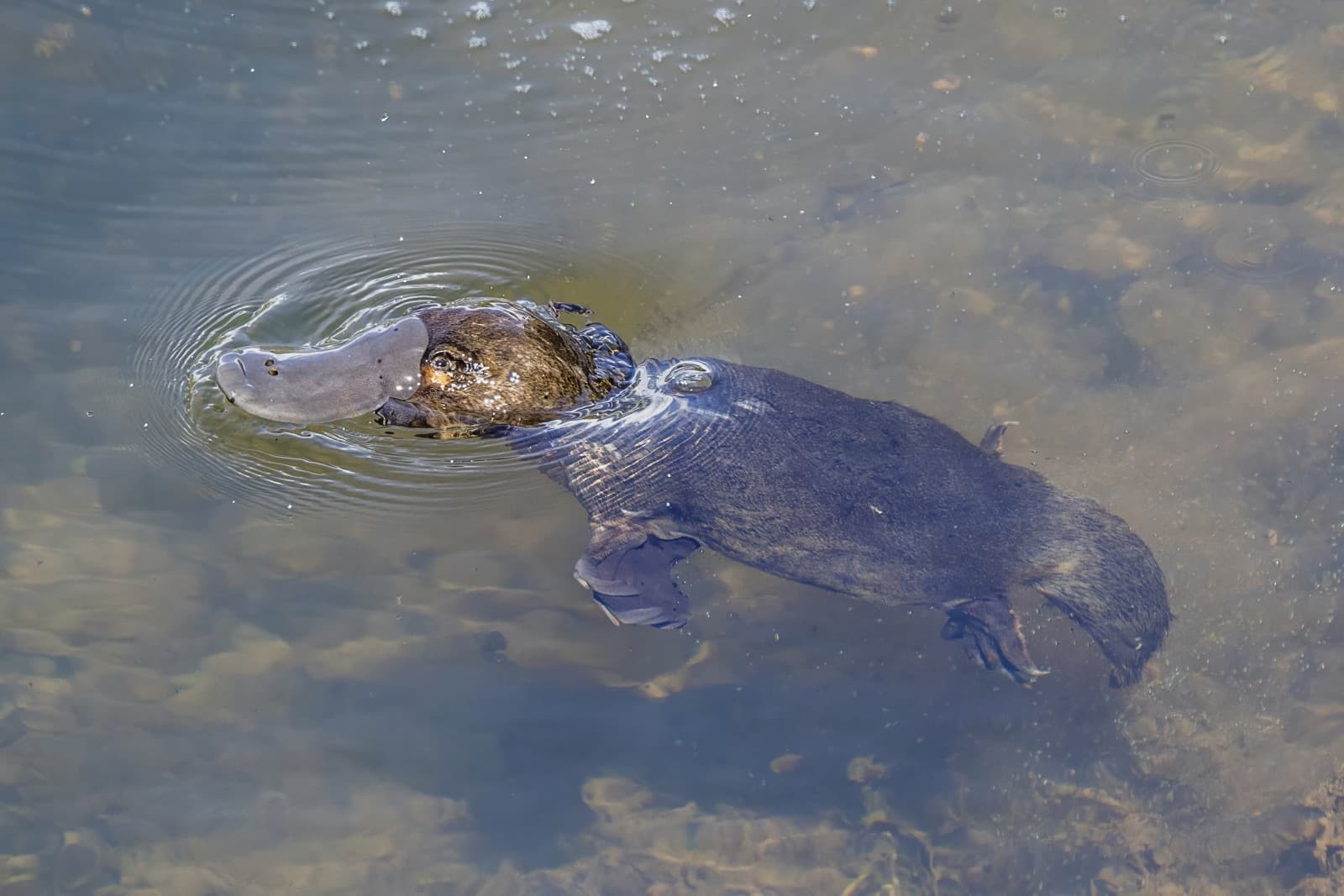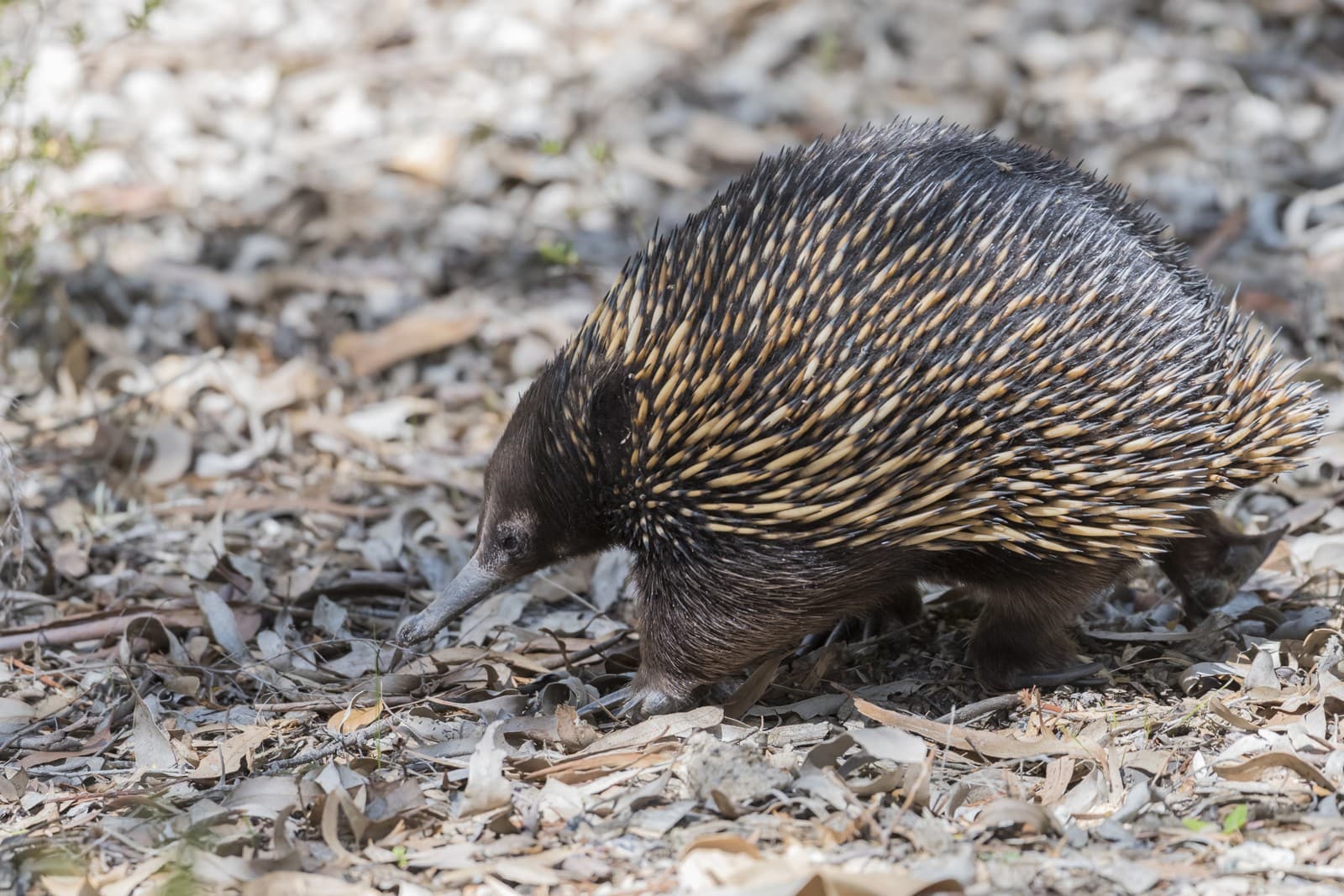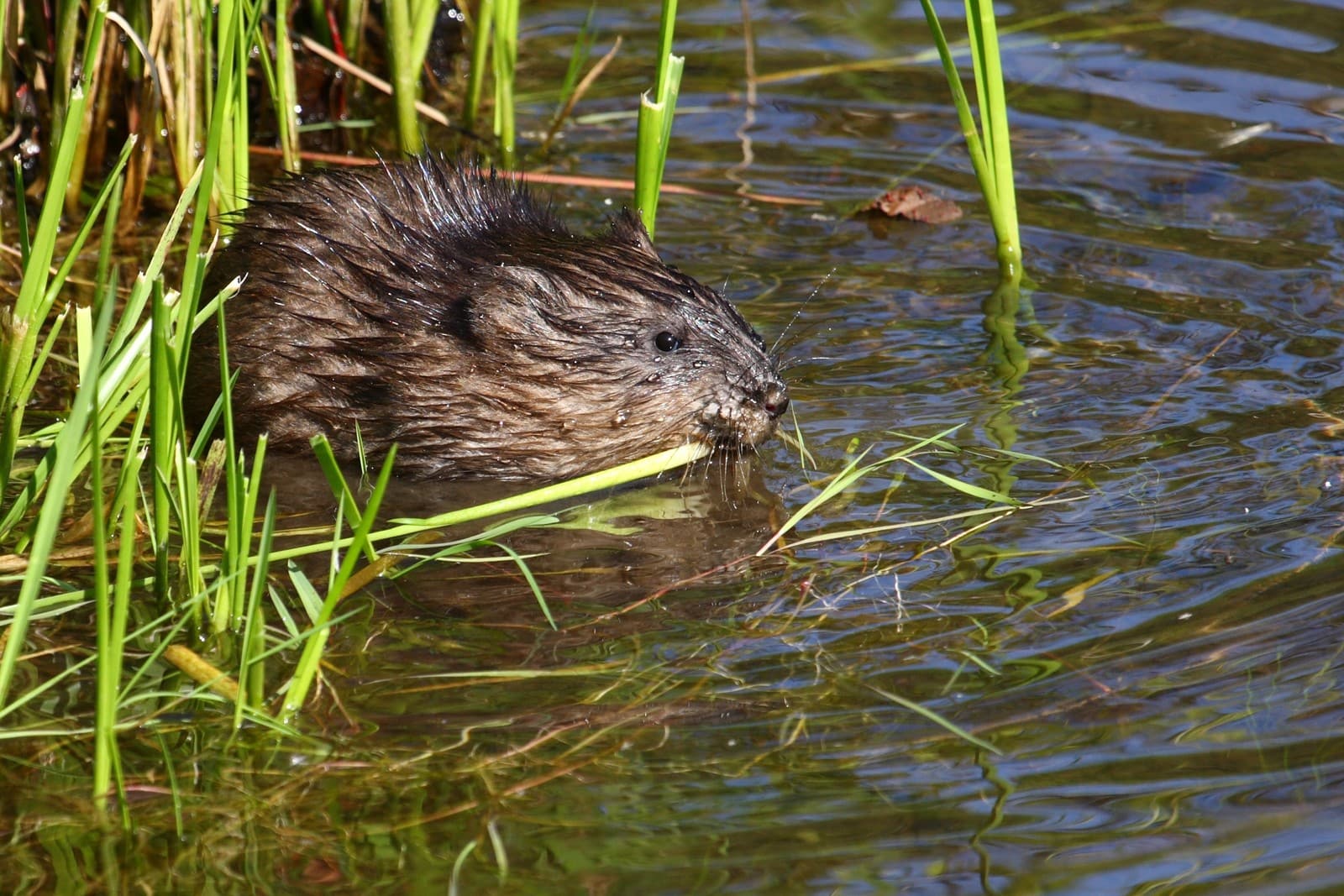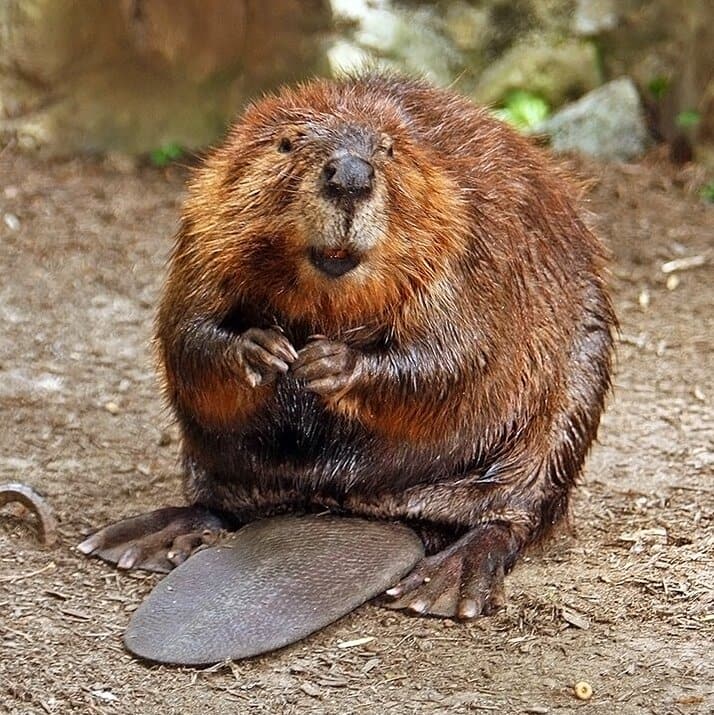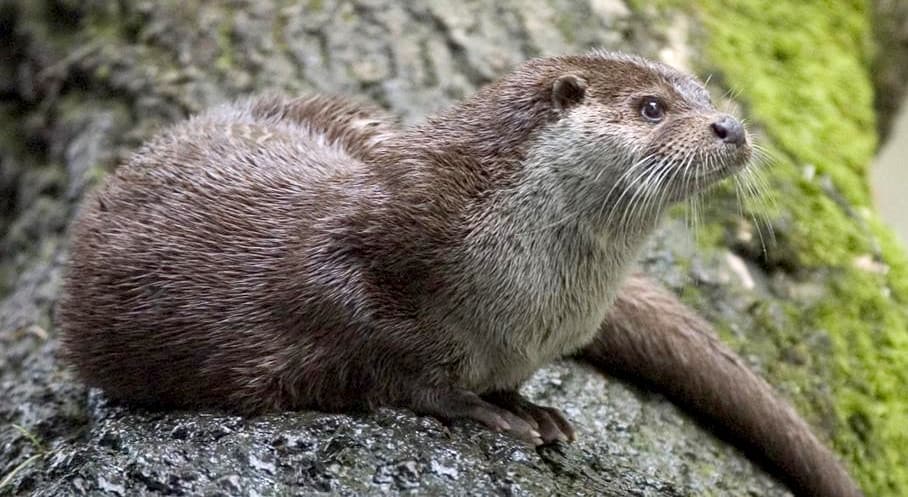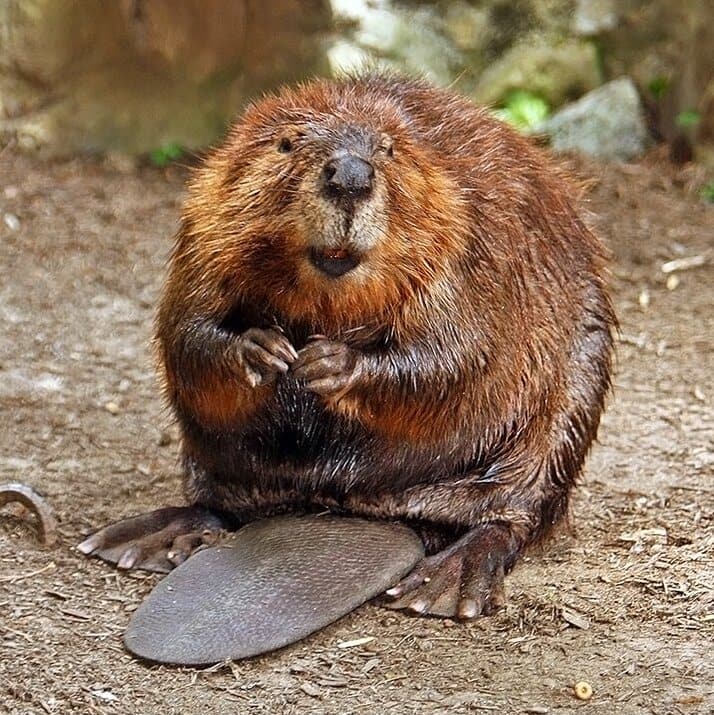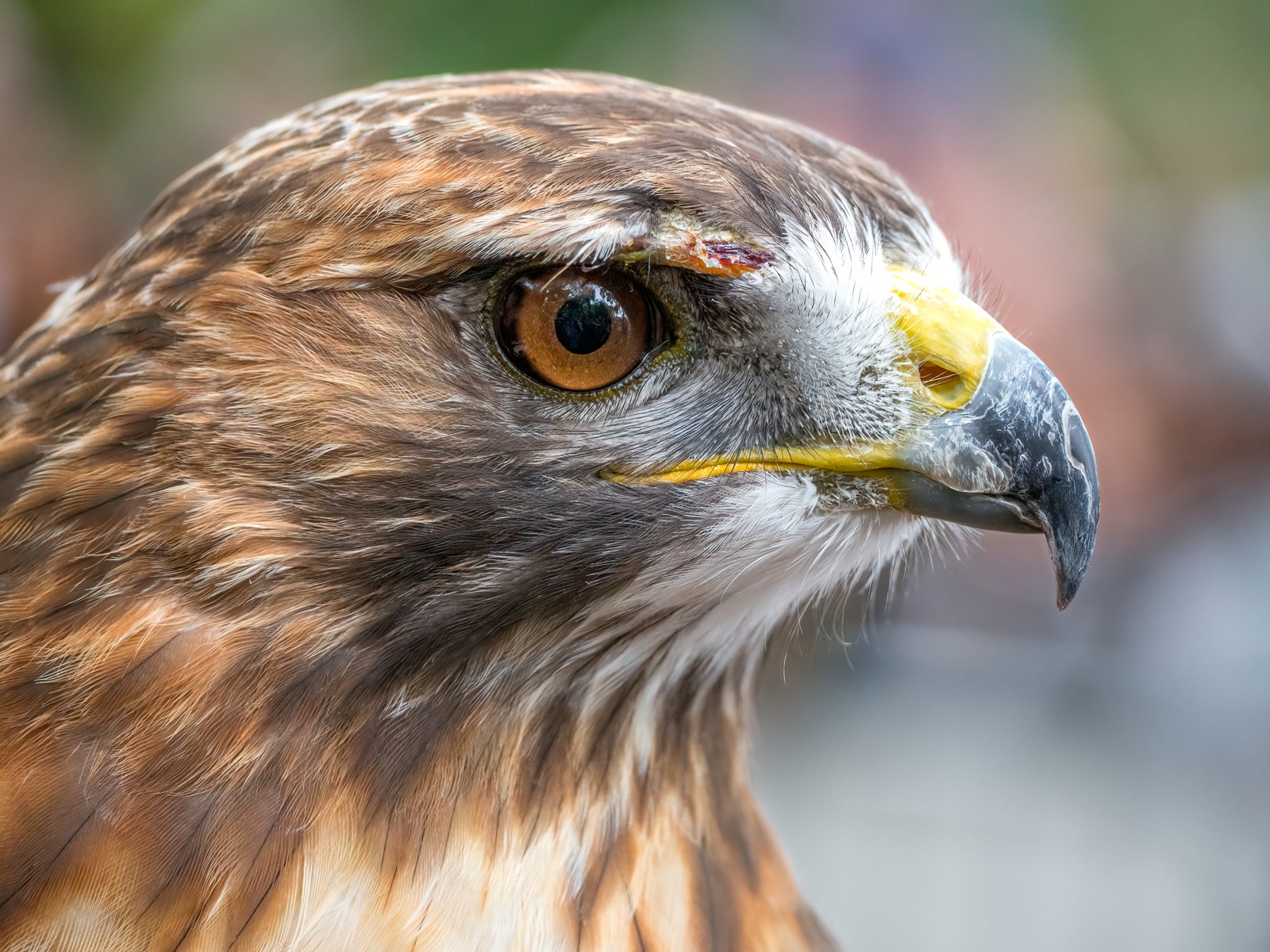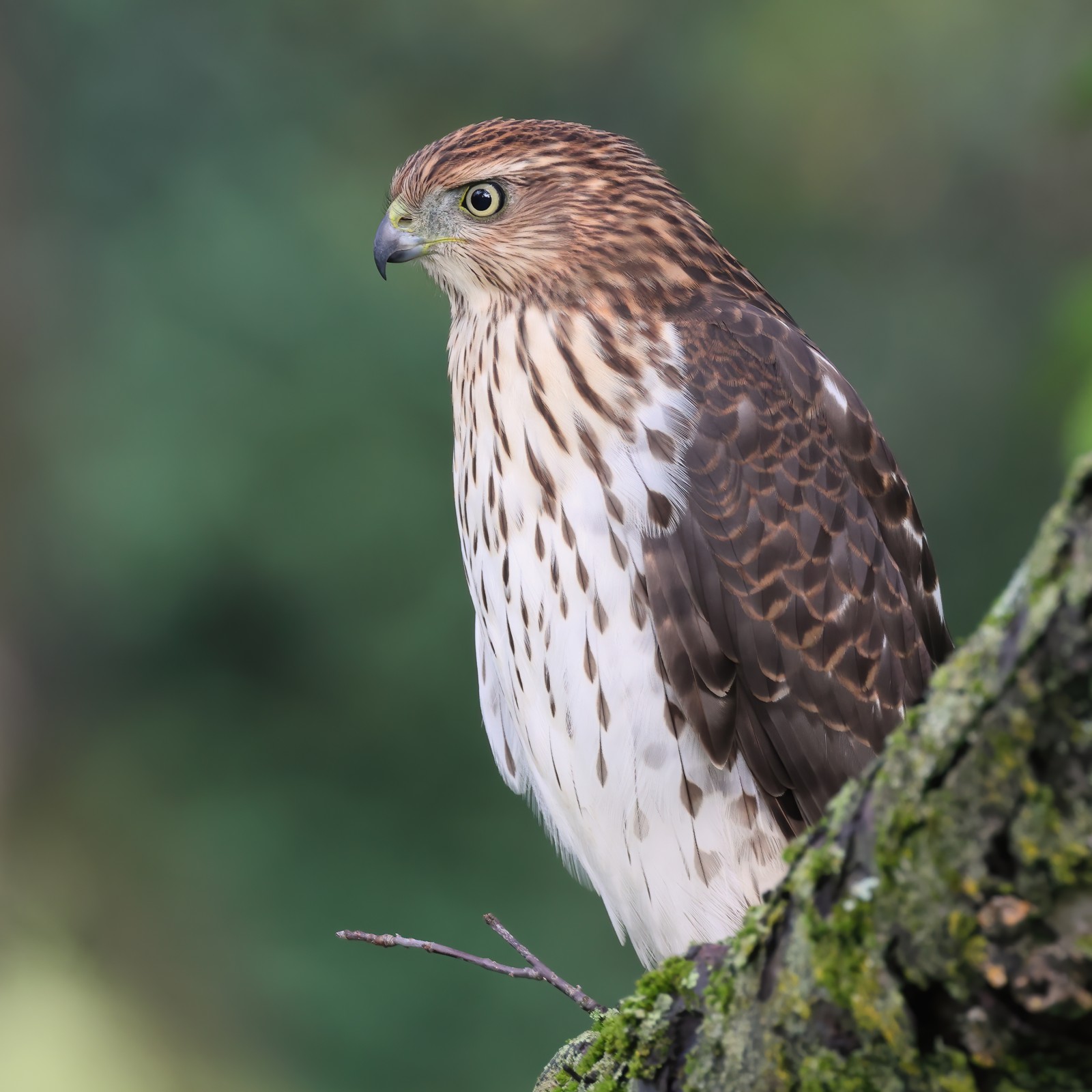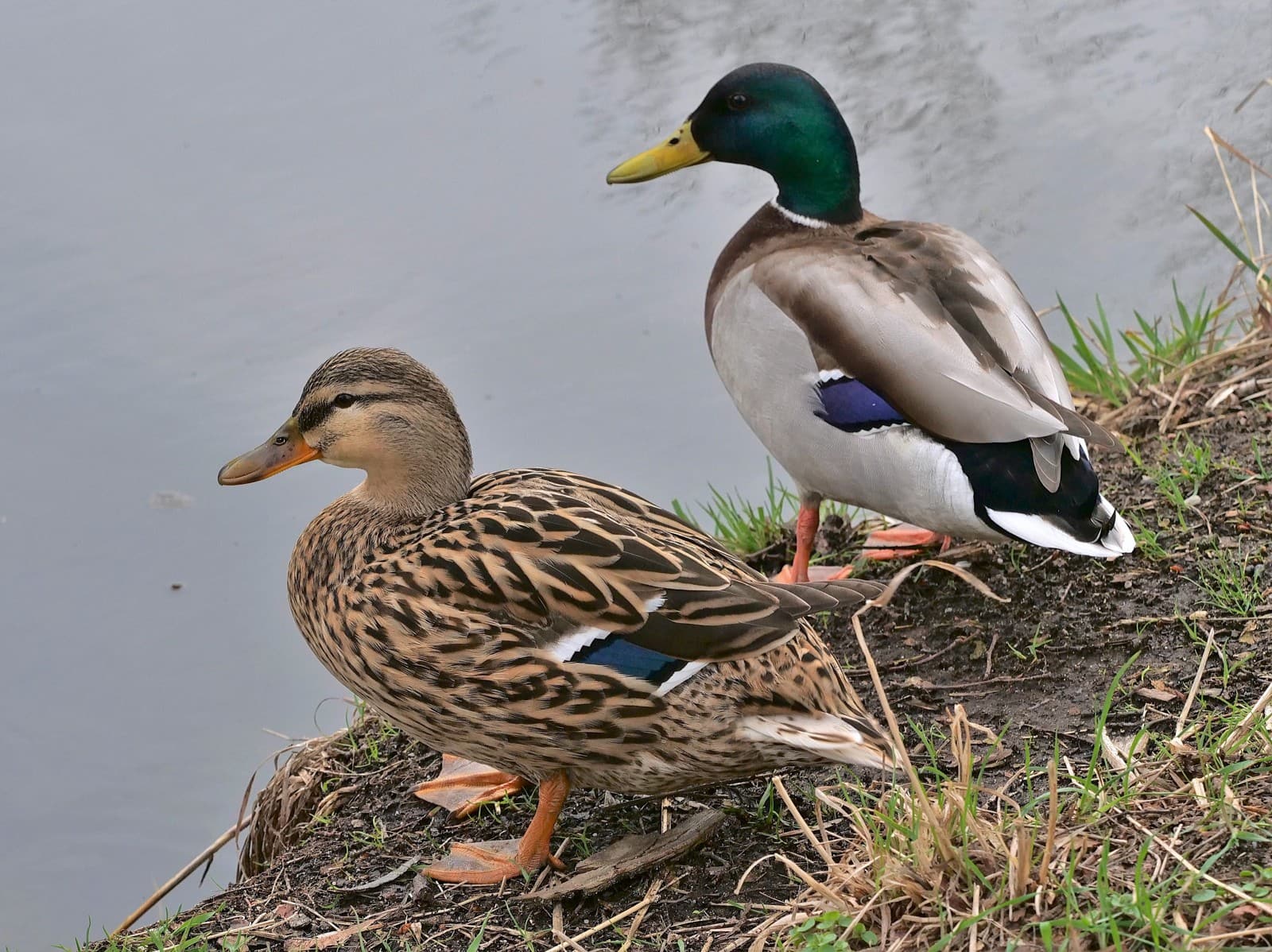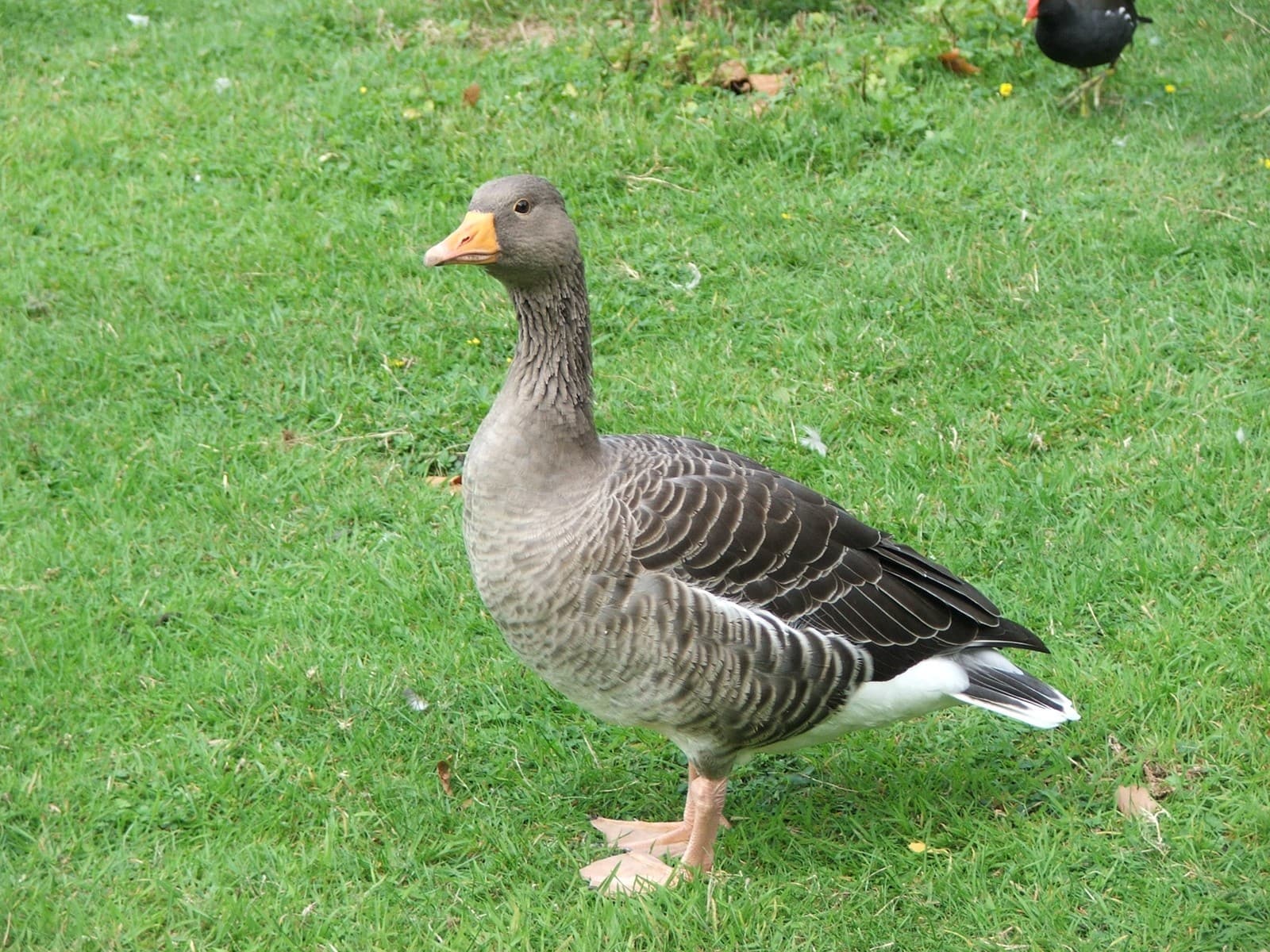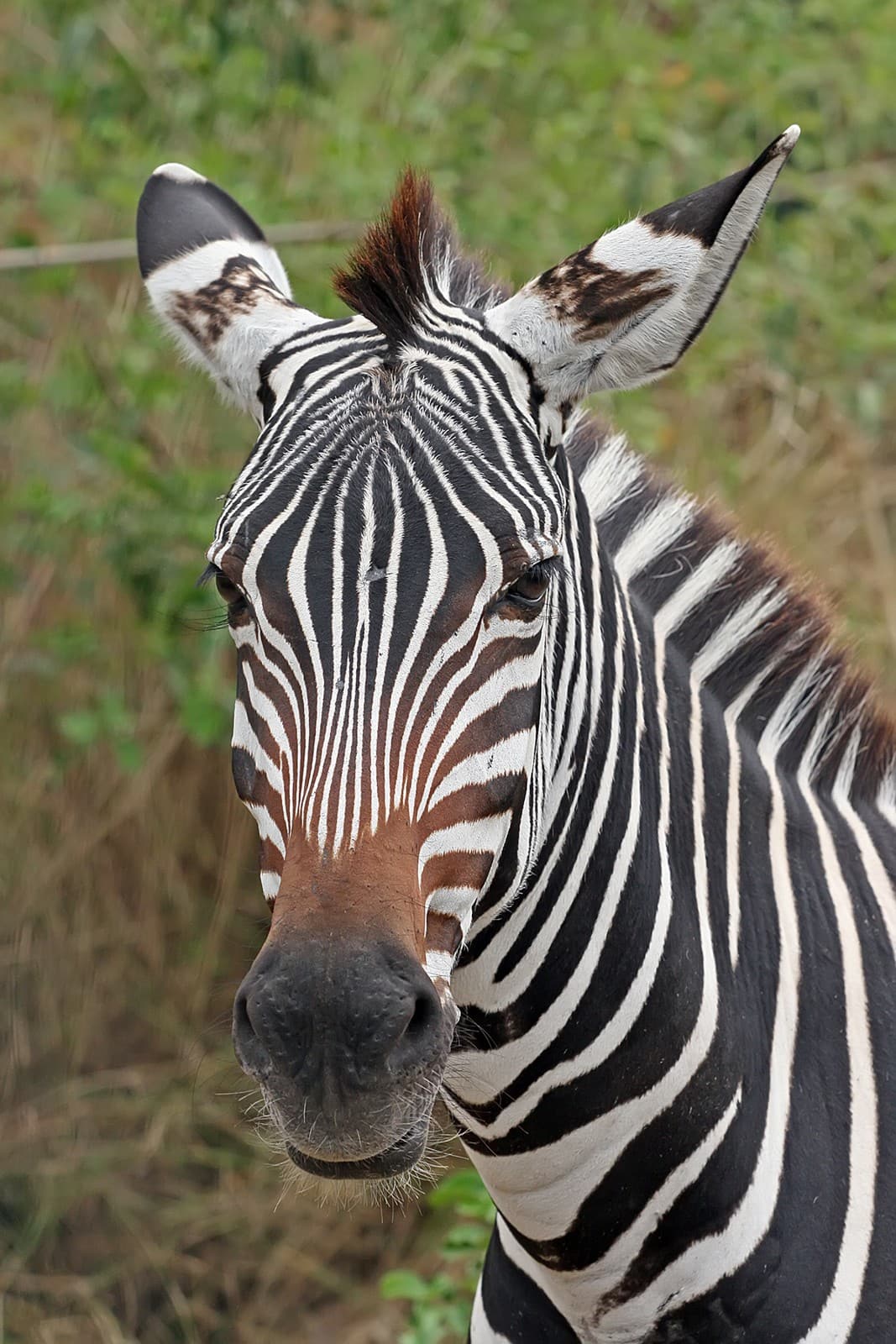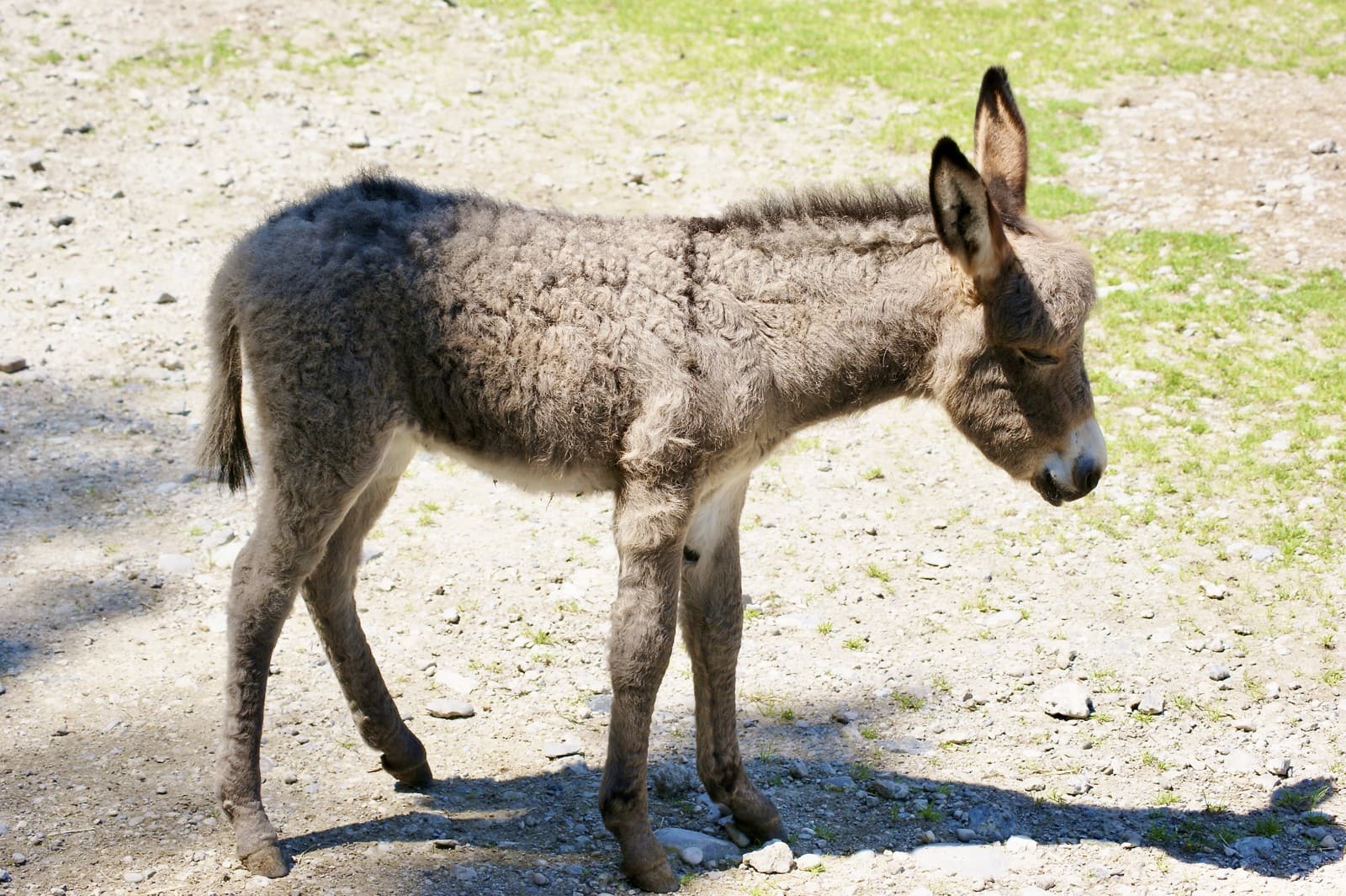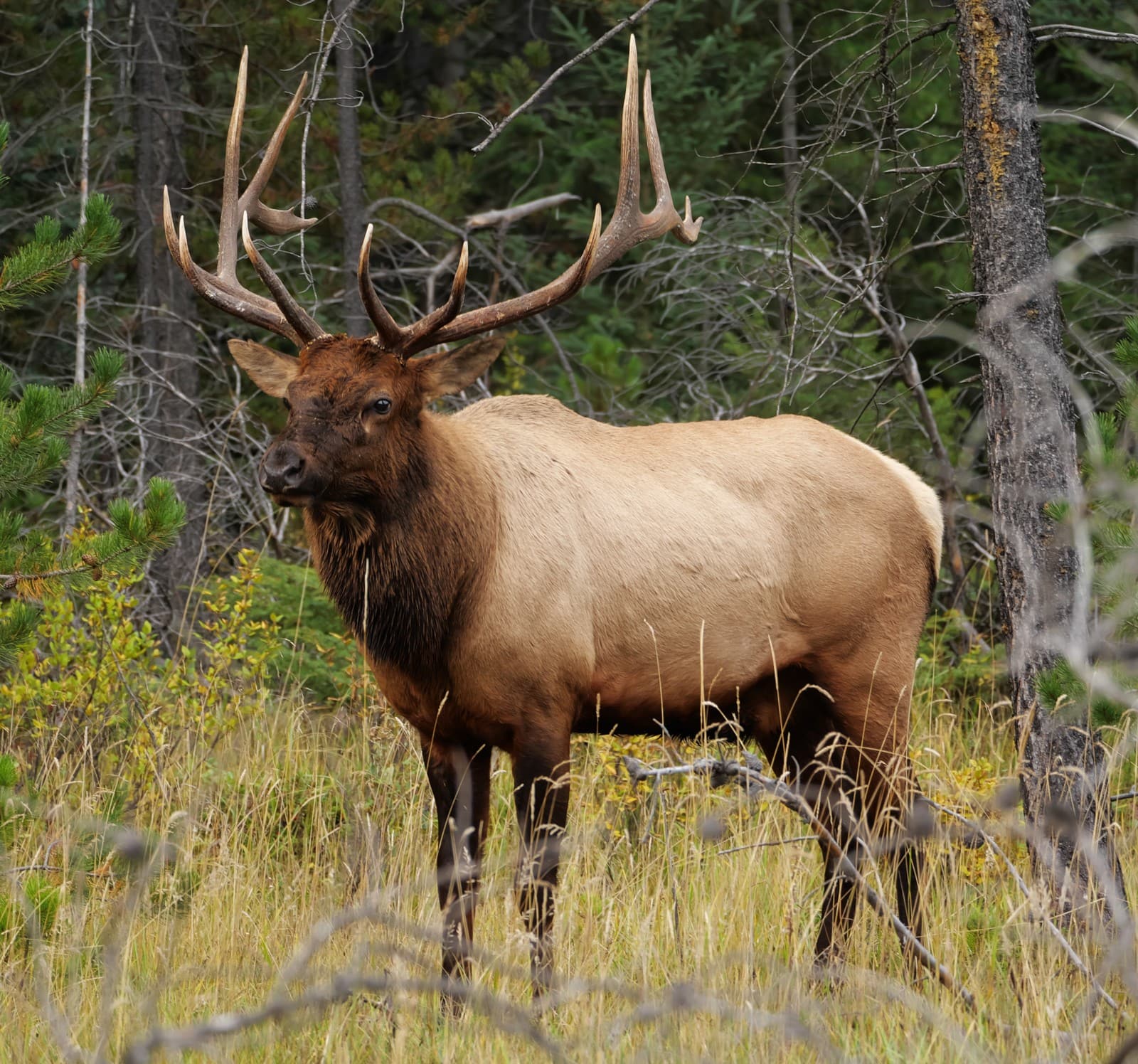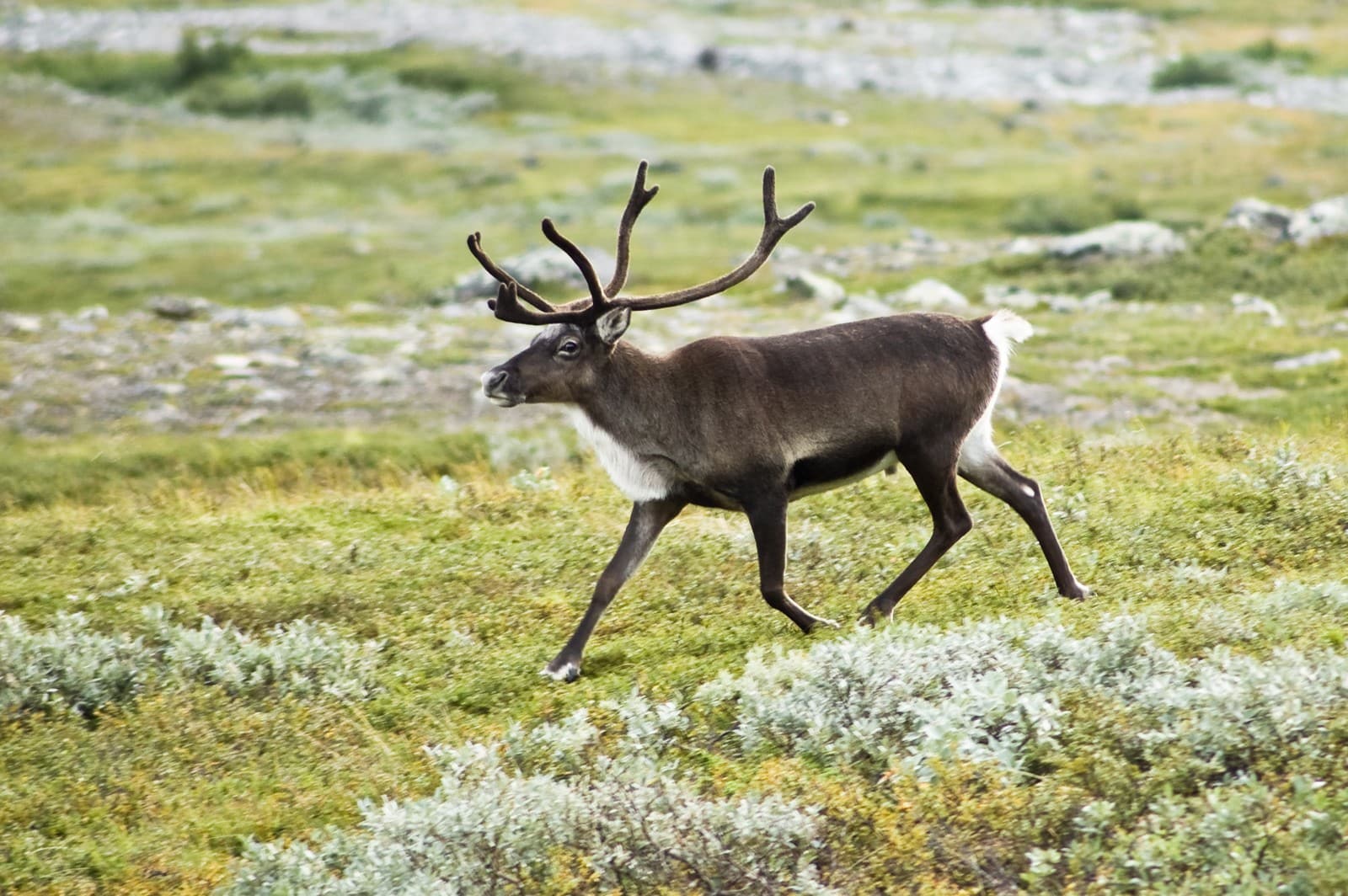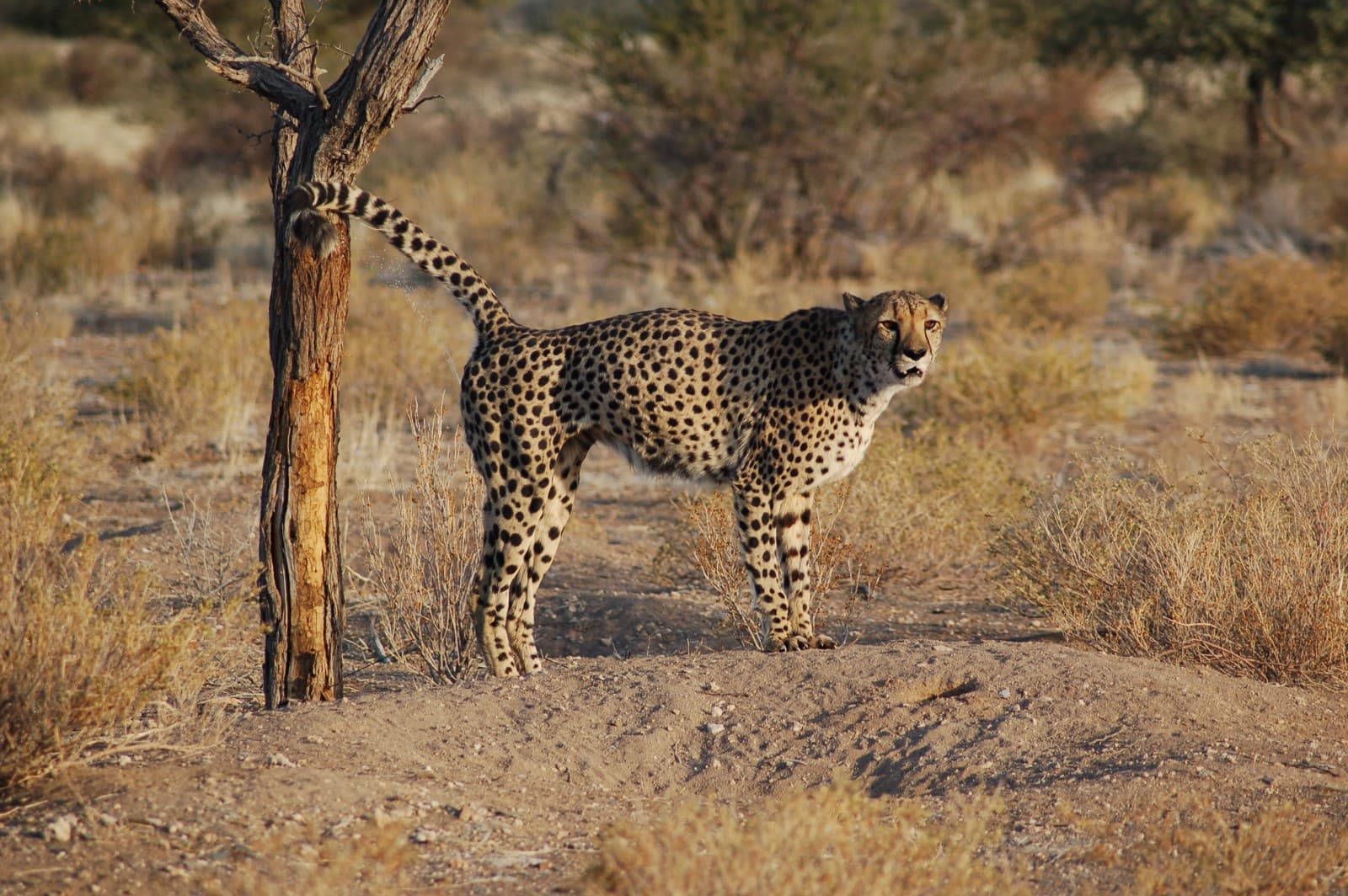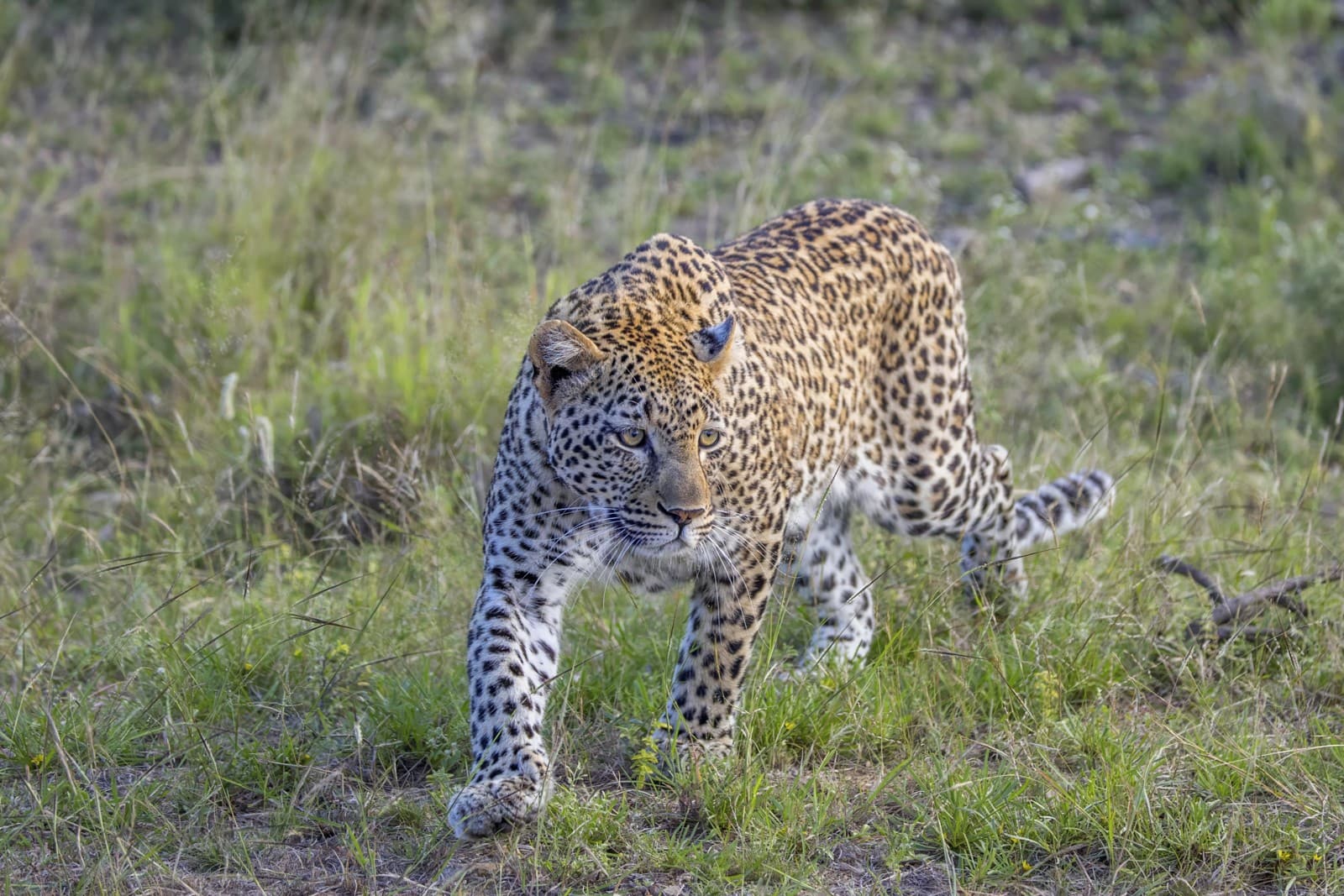Platypus vs Beaver: A Complete Comparison
While both platypus and beaver are semi-aquatic mammals known for their exceptional swimming abilities, these fascinating creatures couldn’t be more different. The platypus, weighing just 2-5 pounds (0.9-2.3 kg), represents one of nature’s most unusual creatures as an egg-laying mammal, while the much larger beaver, weighing 24-71 pounds (11-32 kg), stands as the second-largest rodent in the world. Their evolutionary paths diverged hundreds of millions of years ago, resulting in remarkably different adaptations to aquatic life.
These two species showcase how evolution can create similar solutions to aquatic living through vastly different approaches. From their feeding strategies to their social structures, the platypus and beaver demonstrate unique adaptations that have made them highly successful in their respective ecosystems.
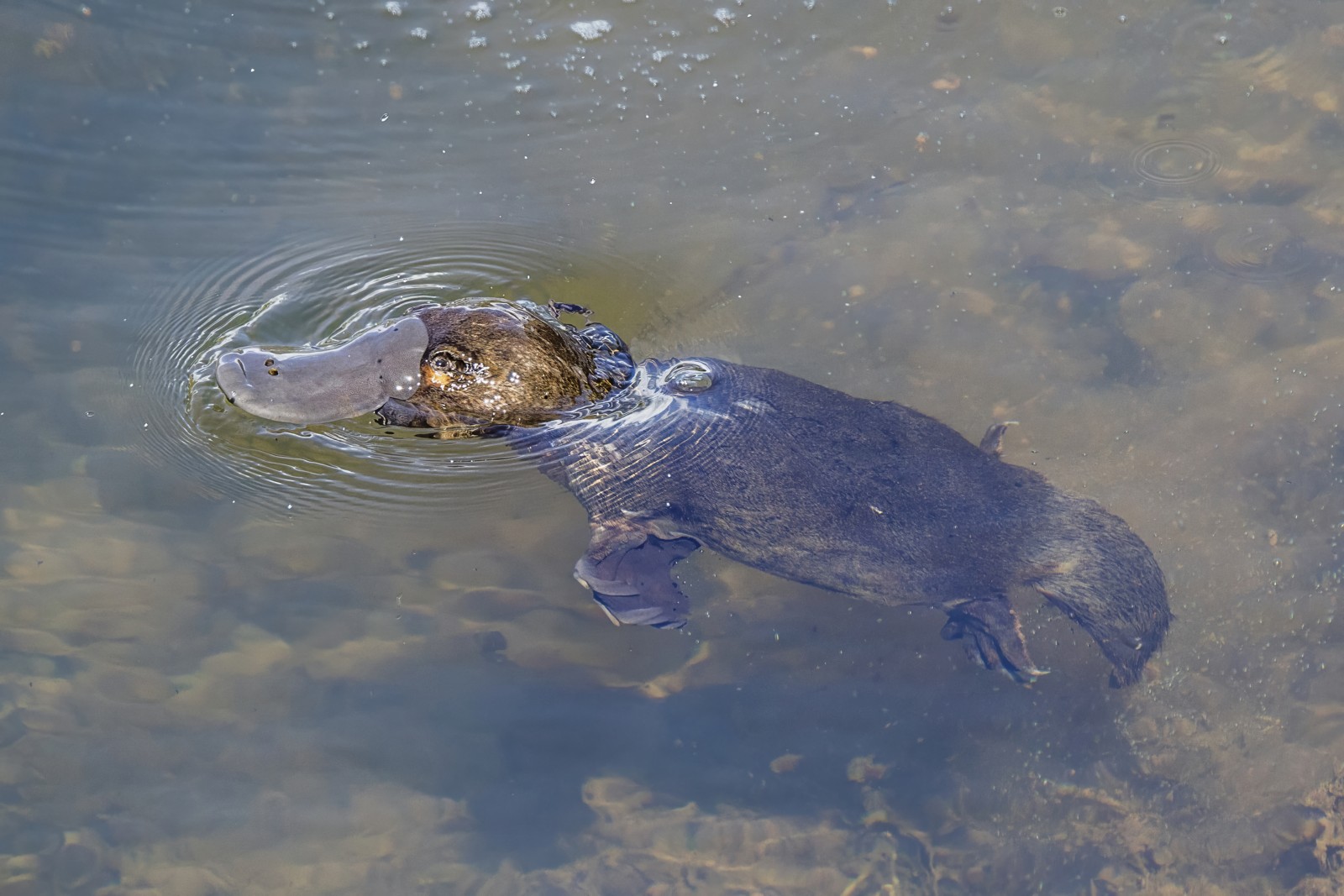
© Charles J. Sharp / CC BY-SA 4.0
The platypus, with its distinctive duck-like bill and streamlined body, represents one of nature’s most unique evolutionary experiments. This remarkable monotreme combines mammalian traits with reptilian features, making it a true living fossil of evolutionary history.
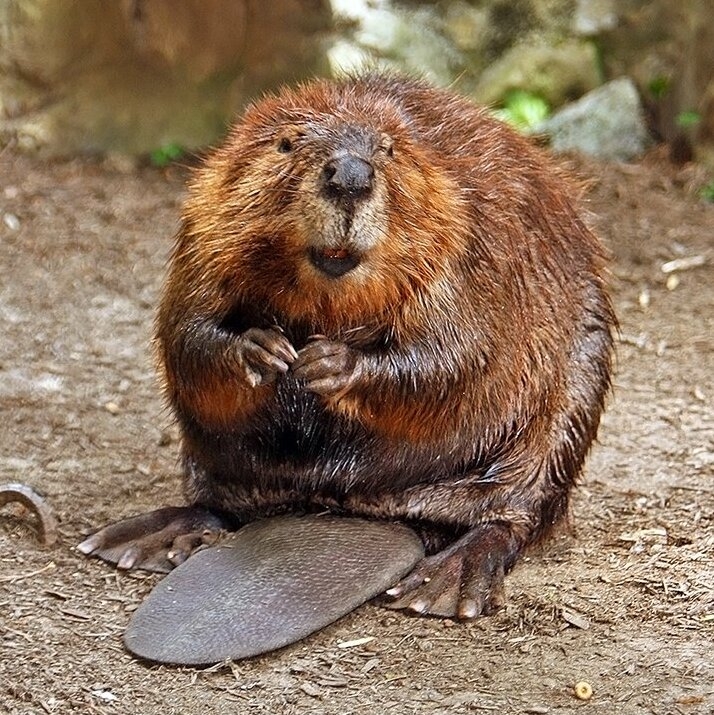
© Steve from Washington, DC, USA / CC BY-SA 2.0
The beaver, nature’s engineer, showcases powerful adaptations for its semi-aquatic lifestyle. Its robust body and distinctive paddle-shaped tail are perfectly suited for both swimming and its role as an ecosystem modifier.
Key Differences: Platypus vs Beaver
| Feature | Platypus | Beaver |
|---|---|---|
| Classification | Monotreme (egg-laying mammal) | Rodent |
| Size | 15-24 inches (38-61 cm) | 29-51 inches (74-130 cm) |
| Weight | 2-5 pounds (0.9-2.3 kg) | 24-71 pounds (11-32 kg) |
| Tail Type | Short, flat, rudder-like | Large, paddle-shaped, scaly |
| Diet | Carnivorous (invertebrates) | Herbivorous (bark, twigs, leaves) |
| Habitat Range | Eastern Australia only | North America & Eurasia |
Unique Adaptations and Behaviors
Platypus Specializations
- Electroreceptive bill for detecting prey
- Venomous spurs (males only)
- Feeds on bottom-dwelling invertebrates
- Stores fat in tail
- Can stay underwater for up to 10 minutes
Beaver Specializations
- Powerful teeth for felling trees
- Builds complex dams and lodges
- Waterproof fur with insulating properties
- Can stay underwater for up to 15 minutes
- Uses tail for swimming, balance, and warning signals
Habitat and Distribution
The platypus is endemic to eastern Australia, inhabiting freshwater systems ranging from tropical Queensland to cold Tasmania. These solitary creatures require healthy river systems with earthen banks for burrowing and plenty of invertebrate prey.
Beavers, found across North America and Eurasia, are more adaptable and actively modify their habitat by building dams and lodges. These modifications can transform entire ecosystems, creating wetlands that benefit numerous other species.
Social Structure and Reproduction
One of the most striking differences between platypus and beaver lies in their social structures. Platypuses are primarily solitary, coming together only to mate. Females lay 1-3 eggs and raise young alone in burrows.
Beavers, conversely, are highly social animals living in family groups called colonies. They form monogamous pairs and typically produce 2-4 kits annually. Young beavers stay with their parents for up to two years, helping care for new siblings.
Environmental Impact
Platypus Influence
- Minimal ecosystem modification
- Important indicator species for river health
- Helps control invertebrate populations
- Cultural significance in Australian heritage
Beaver Impact
- Creates wetland habitats
- Influences water table levels
- Improves water quality
- Increases biodiversity
- Sometimes conflicts with human land use
Conservation Status and Threats
Both species face challenges from habitat modification and climate change, but their conservation status differs significantly. Platypuses are increasingly vulnerable due to drought, habitat fragmentation, and water pollution. Their limited range makes them particularly susceptible to environmental changes.
Beavers, while once nearly hunted to extinction, have made a remarkable recovery in many areas. However, they still face challenges from habitat loss and human conflict in some regions.
Who Would Win in a Confrontation?
While such encounters would never occur naturally due to geographic separation, a theoretical comparison of defensive capabilities shows:
- Beaver advantages: Larger size, powerful teeth, stronger bite force
- Platypus advantages: Venomous spurs (males), more agile swimmer
The beaver’s significant size advantage (10-15 times heavier) would likely make it the winner in any theoretical confrontation, though platypuses are equipped with venomous spurs that could cause severe pain.
Both species typically avoid confrontation, using their remarkable adaptations for survival rather than combat. Their true victory lies in their successful adaptation to semi-aquatic life through dramatically different evolutionary paths.
